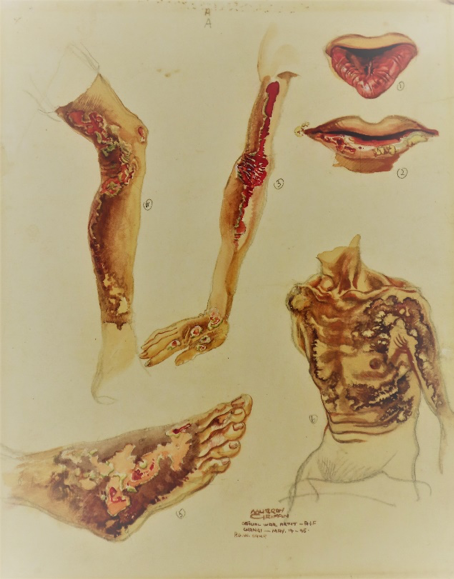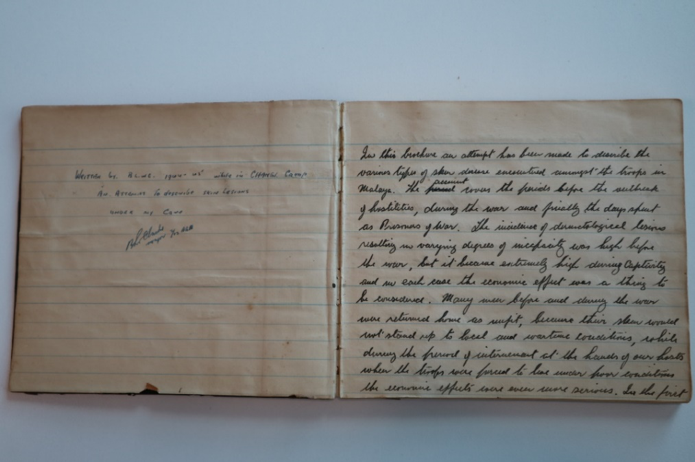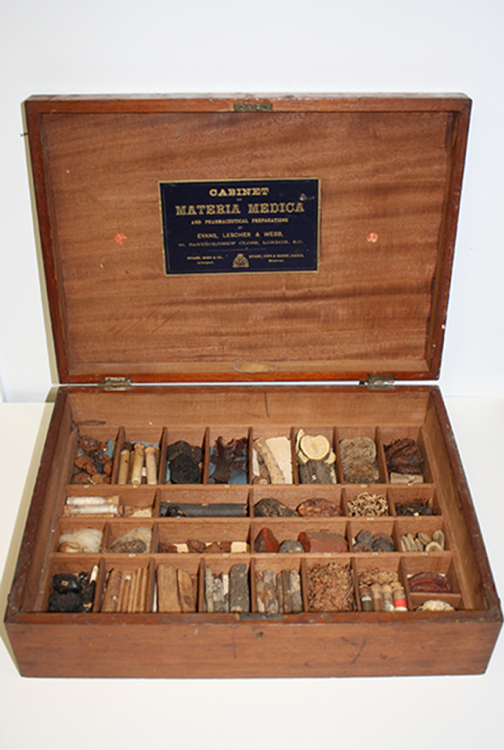News - June 2020 edition
In this issue I have tried not to repeat items that have been used previously and would be pleased to receive contributions which fall under our criteria of interest; any information or items related to the development of medicine in Queensland, especially any personal experiences of readers involved with serious outbreaks or epidemics of communicable diseases.
To jog your memories, I thought it worth inserting this extract from Discoveries by Medical Students and Young Graduates: “Discovery consists of seeing what everyone else has seen and thinking what no one else has thought” (Albert Szent-Gyorgyi;1893-1986; Nobel Prize for Medicine 1937), taken from the ANZ Journal of Surgery cited above.
Do you have a story about being present at a time when a breakthrough in practice, research or understanding has been made? What about memories of Dr James Hood and his inventions in recording angiographies or his educational aids, such as combining audio-visual self-learning machines, like the one we have displayed in the corridor on Level 2 for many months?
With current public health regulations and precautions, there is no indication as to when anything like normal activity will return to the Old School of Medicine building or the Museum. In these circumstances, I thought we could use the space to offer these pictures to remind you of some of the museums significant collection items which have been exhibited previously:

The accredited war artist Vaughan Murray Griffin whose deployment in late 1941 to the Far East was expected to last for only three months. Due to the allies’ defeat by the Japanese, it resulted in him being a prisoner of war for three and a half years in Changi Prison in Singapore. He sketched and painted the medical conditions he saw with any material he could acquire, which was enhanced by his collaboration with Dr Burnett Clarke.

Dr Clarke had moved to Queensland in 1922 and specialised in radiology. When he was captured by the Japanese in 1942, his knowledge of dermatology had been gained from his radiology practice. At that time, irradiation was used as treatment for a wide variety of skin lesions. This meant that he was able to act as dermatologist for Australian personnel in the camp. This was a position of utmost importance because skin diseases were causing high morbidity and mortality in the dire physical conditions existing in Changi. Burnett Clarke’s clinical diary of the cases he treated, and his necessarily restricted prescriptions, was written in a stolen Japanese Army notebook at great risk to his own and Murray Griffin’s personal safety.
The Evans Lescher and Webb Materia Medica Cabinet
This was donated by the Marks’ family, but its precise origins are not known. It displays a trademark and the name Evans, Sons and Mason (Montreal) on the manufacturer’s plate. It may have been produced for the Colonial and Indian Exhibition in London in 1886. The box in the museum collection had suffered over time with mixing of the content and damage to the box. With expert advice from various sources we were able to restore the Evans, Lescher and Webb Cabinet sufficiently to put it on display and identify its contents.

